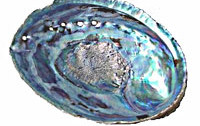
Haliotis iris
Whilst abalones are to be found in all of the world’s temperate and tropical seas, the New Zealand blackfoot abalone, or Paua (Haliotis iris), is unique the waters around New Zealand. This univalve marine mollusc eats seaweed and inhabits rocky, coastal areas at depths between one and fifteen metres. It grazes on seaweed and ranges in size from 7-14cm at maturity, but can grow to a maximum of 18cm.
The cooler South Island waters enable the paua to grow larger here than they do in the warmer north. As a result, most wild paua are harvested from the South, the Chatham and Stewart Islands and from the southern coast of the North Island.
There are two other locally occurring abalone species, also known by the collective Maori name, paua (pronounced pah-wah). The yellowfoot abalone (Haliotis australis), and the whitefoot abalone (Haliotis virginea) have limited value and therefore are rarely harvested commercially.
The paua shell is the most colourful of all the abalone shells, varying from greens & pinks to purples & blues and in some cases with gold or crimson toning. The colour in the paua shell changes when viewed at different angles and this iridescence, similar to that of Mother of Pearl shell, but even more brilliant, is what makes paua shell so attractive to jewellery manufacturers.


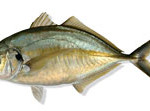
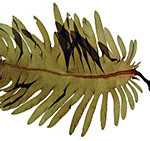
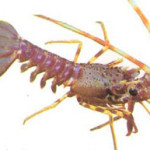

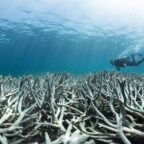


Social Profiles